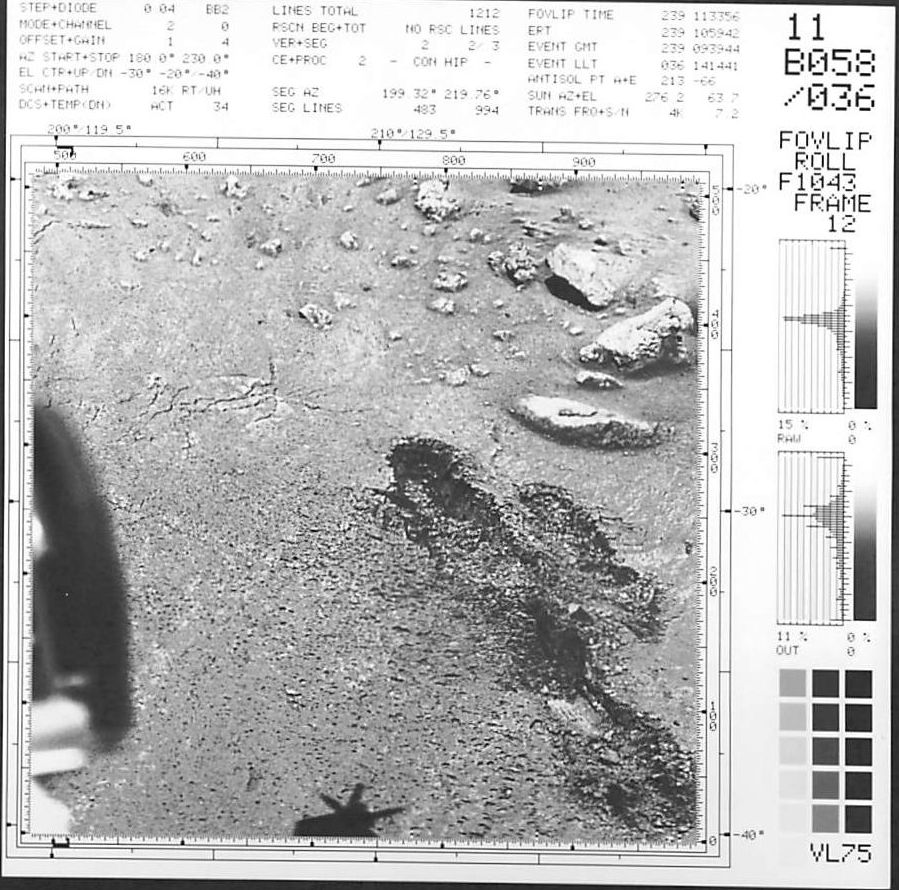Good morning, and wonder ..... are you ready for some prime Mars related-content? And, indeed .... life on the Red Planet choice cuts? #Mars #LifeonMars #countdowntoMars 

As we head towards tomorrow’s excitement in Jezero Crater, time for the very question of eternity: are we alone? And so I will tweet a thread on how our view of life on the Red Planet has changed over the years......
Where did the notion that life might exist on Mars come from? One of the first mentions is from the telescopic era when the polar ice caps were discovered and by the person who actually discovered them
William Herschel noted that the Red Planet tilted so the ice caps waxed and waned with the seasons. “The analogy between Mars and the Earth is,” Herschel wrote, “perhaps, by far the greatest in the whole solar system”
And in the 19th Century, speculation about life became rife. That was where Percival Lowell came in. If I don’t mention him and Mars it would be like discussing Switzerland and not mentioning mountains
So yes - from old Perc to Percy, you might say. Rather than tell the story of Lowell – which we do in our @search_mars book – take a look at the fabulous Lowell Archive @asignalfrommars from where the following photos are taken
From his observatory in Flagstaff he spent many years looking at Mars. But what about Venus? Here she is, with her calf, Satellite. She provided the staff with enough milk and cheese for years
To say Lowell galvanised people with his belief that he was seeing canals on Mars would be another understatement - here are a selection of newspaper clips from the first years of the 20th Century
Mention also must be made of Giovanni Schiaparelli who discovered the markings which he called “canali” – that was in the close opposition of 1877
So the idea of an ancient civilization on Mars fed into the popular culture – despite the fact only a handful of linear markings were ever seen on the planet and even then were disputed
For most astromomers, the Red Planet became a taboo. Nobody would look at Mars for many years, apart from amateur astronomers. The psychology was very interesting of how people thought they had seen something and kept on pushing it.
The 1956 opposition of Mars was particularly close and William Sinton of Harvard was convinced he saw the spectral lines associated with vegetation - in fact, he was wrong but such observations were tricky at the best of times
The obvious way around it would be to take your instruments to Mars directly. But that - in the late fifties and early sixties - meant the hand of fate had its own starring role
And in a later set of tweets I will tell the story of the first successful Mars mission - Mariner 4, built by the first generation of Mars explorers at the Jet Propulsion Laboratory
But there - for the grace of the God of War - go the heirs and inheritors of that pioneering spirit - and may, what one JPL manager christened, the Great Galactic Ghoul tomorrow, at least, be fast asleep in this latest #CountdownToMars 


 Read on Twitter
Read on Twitter











































